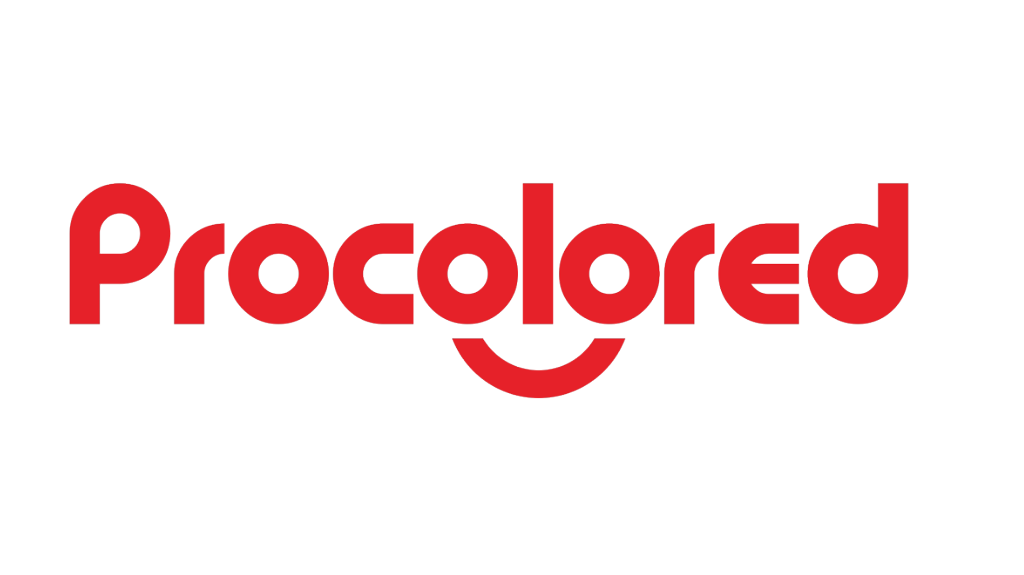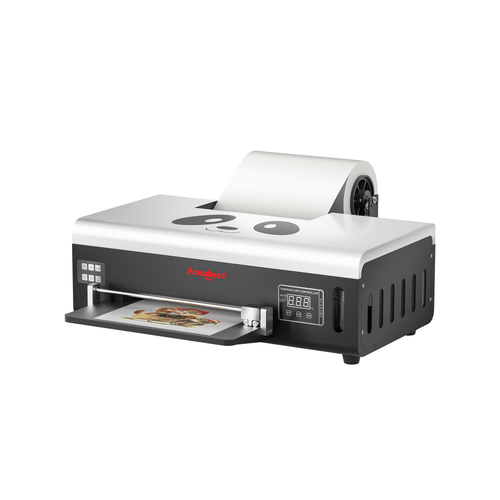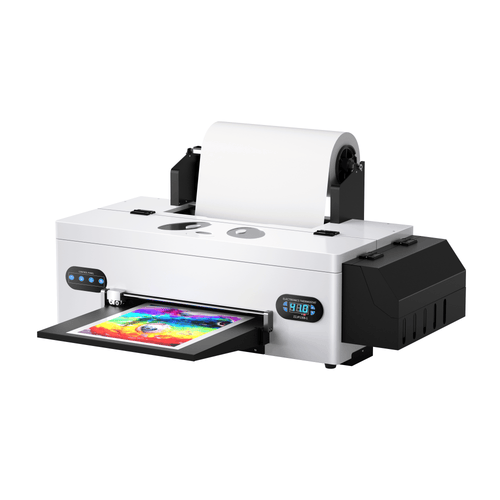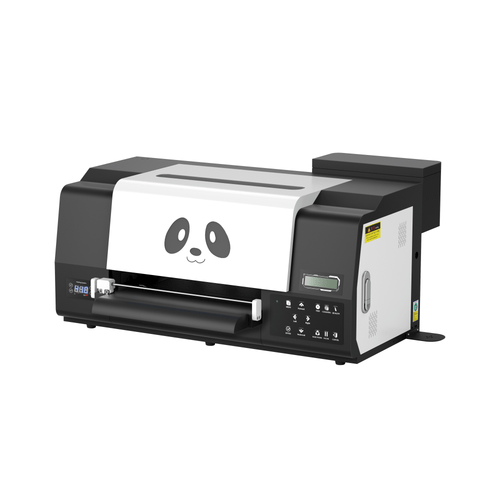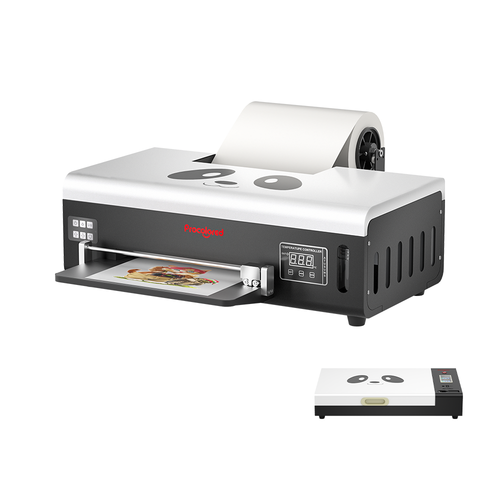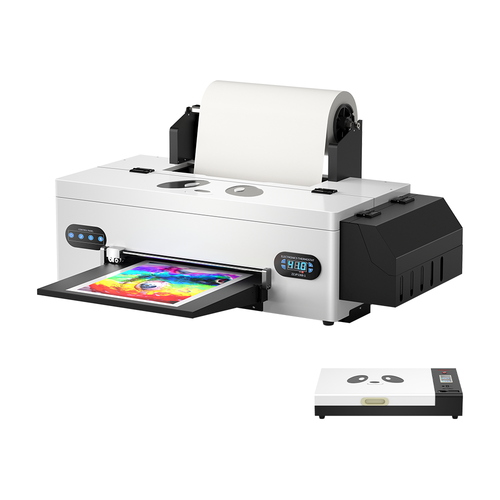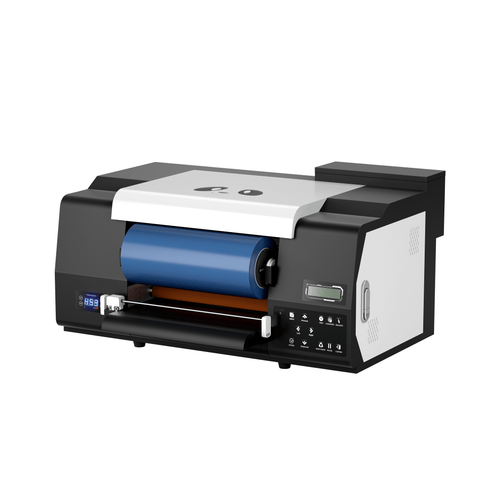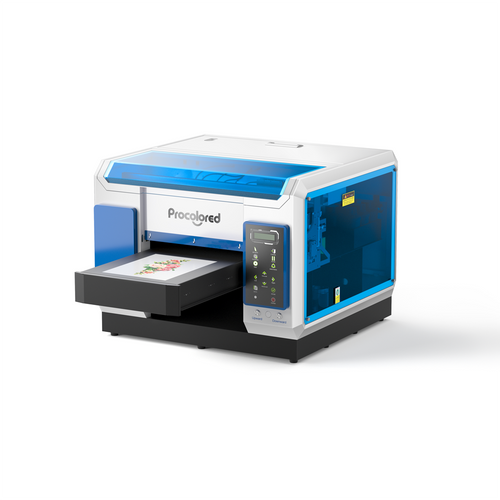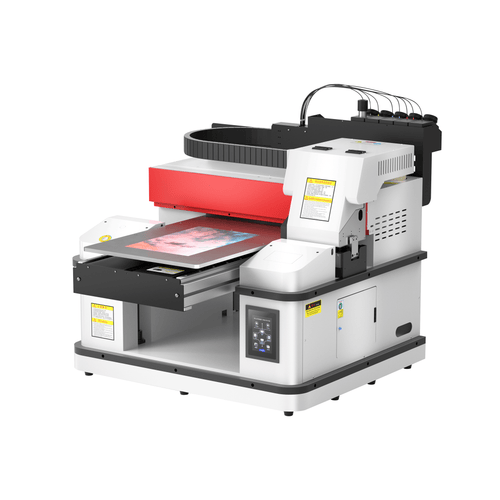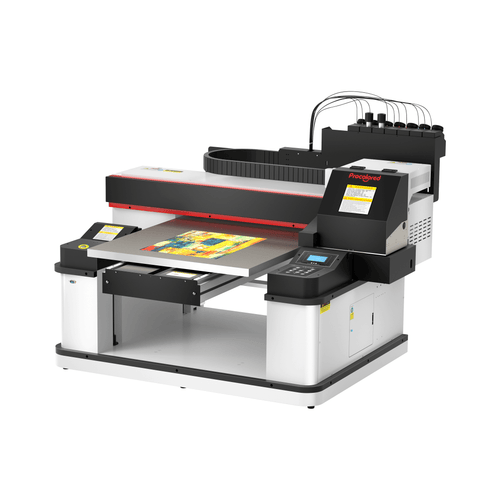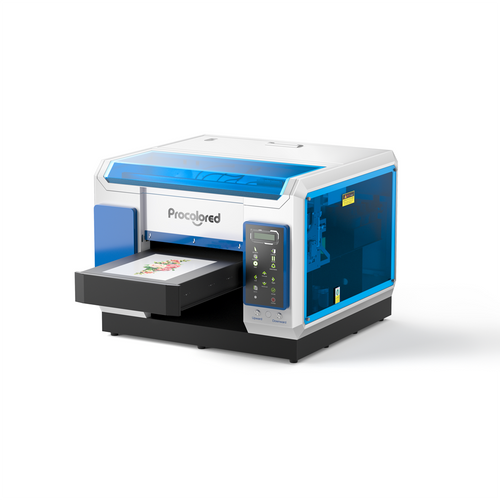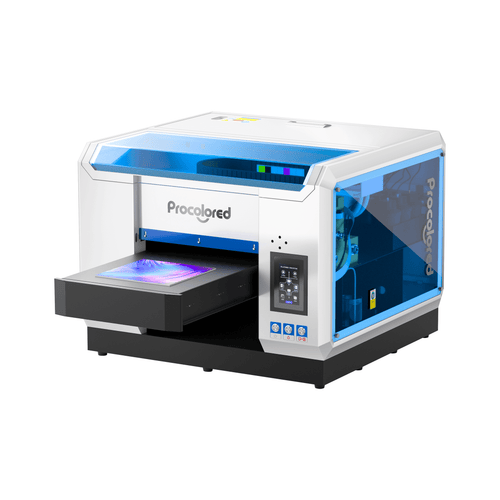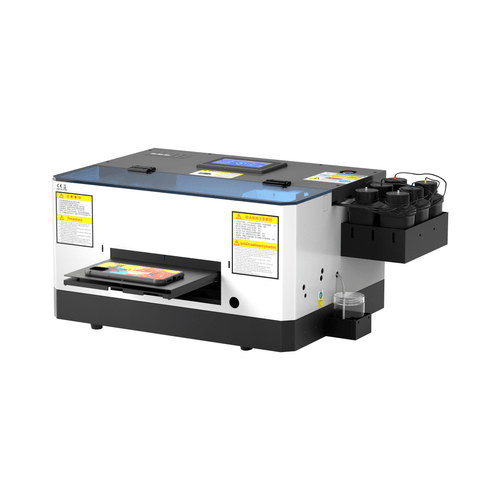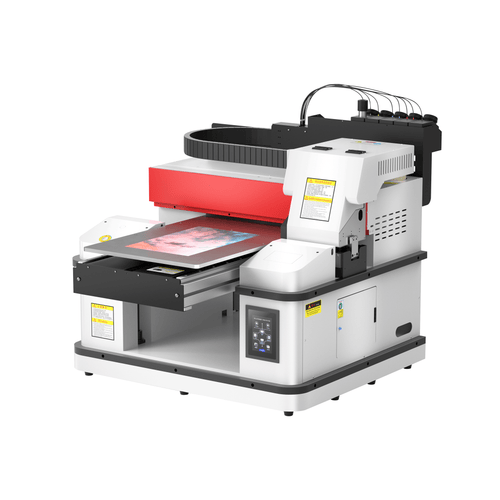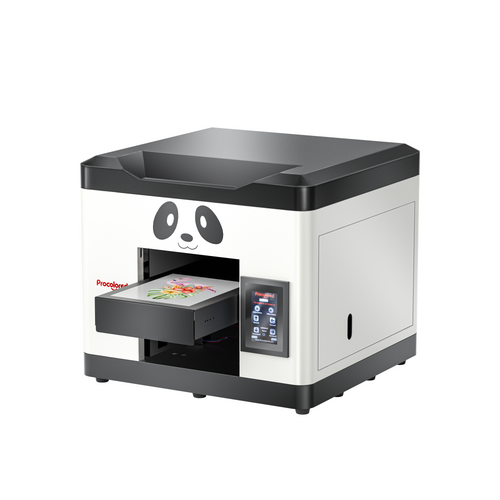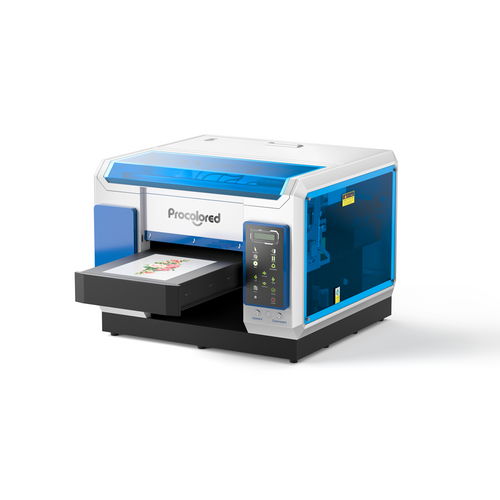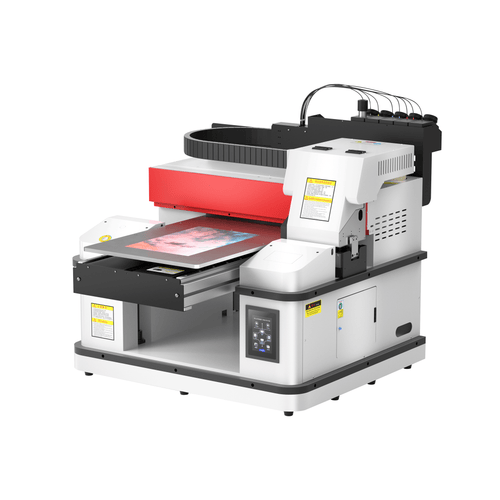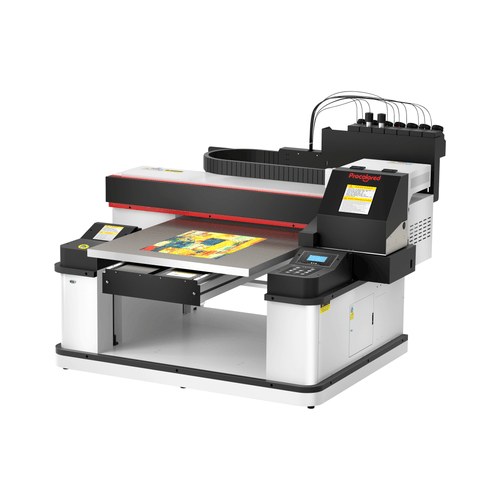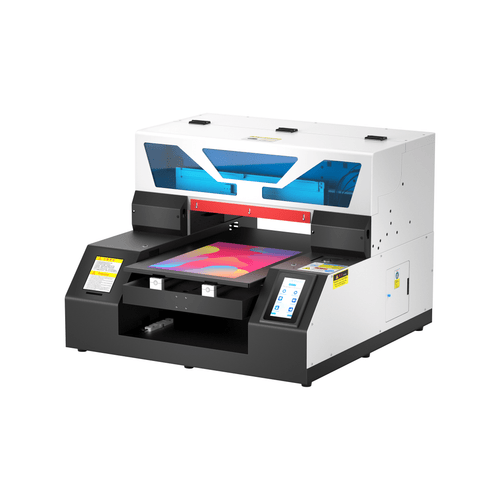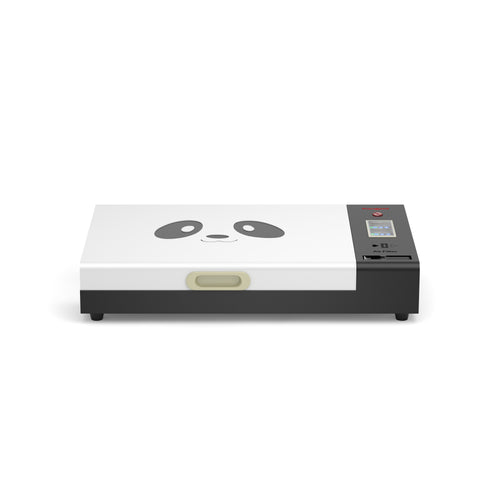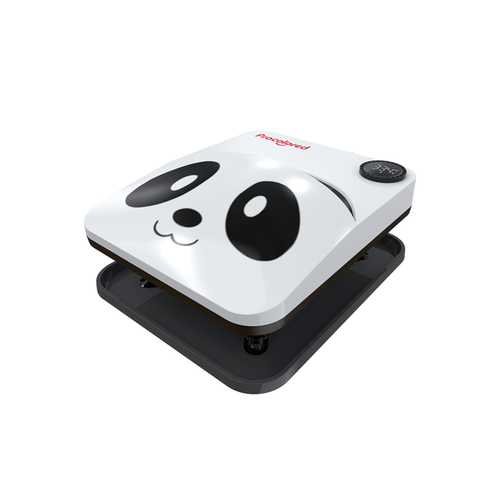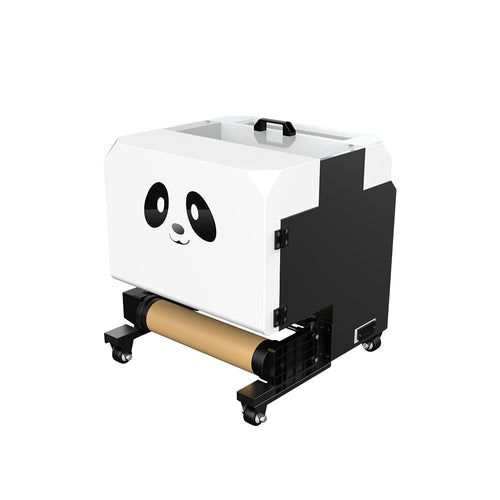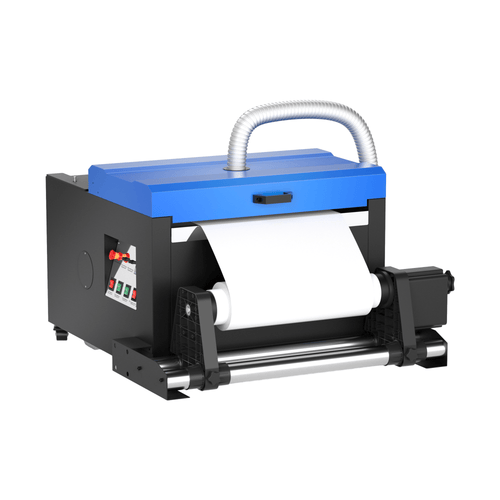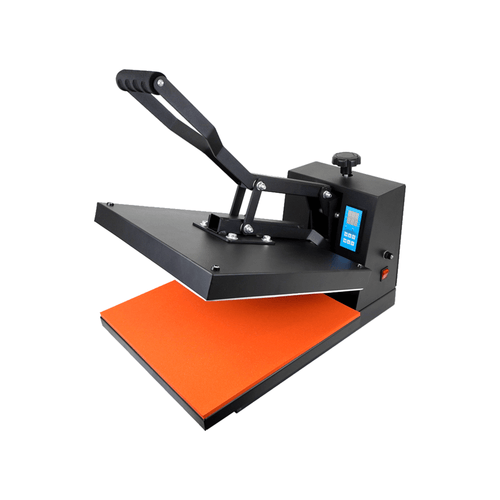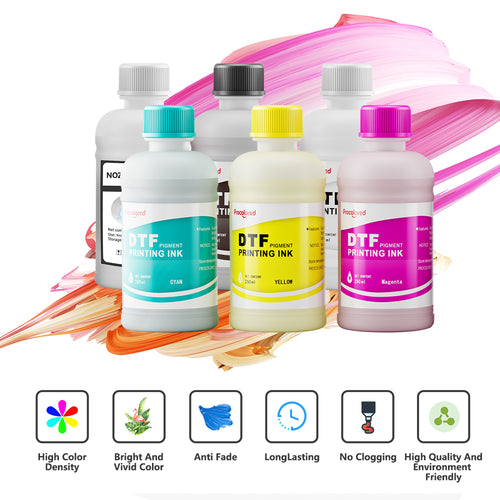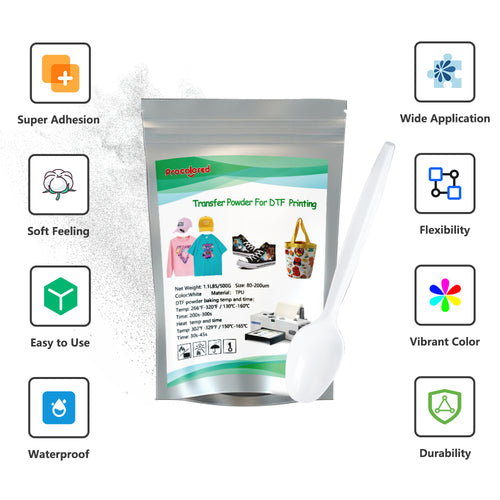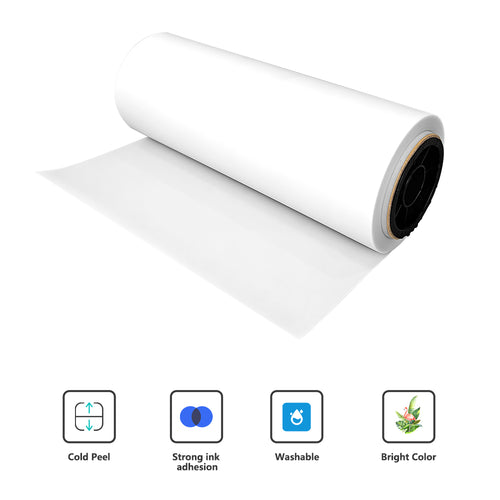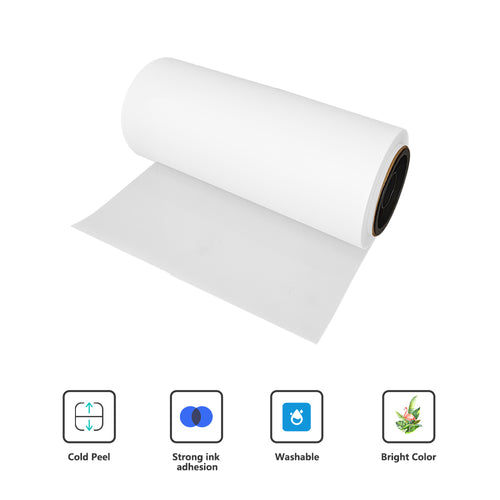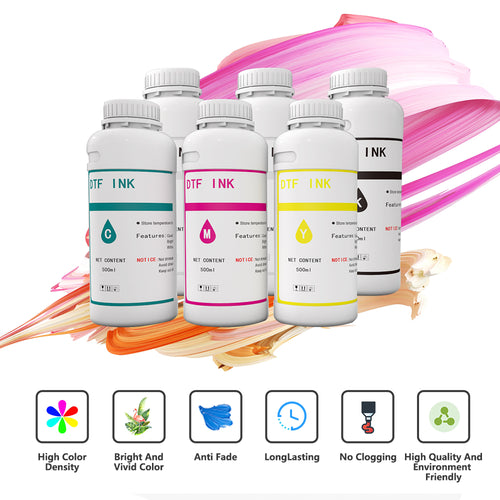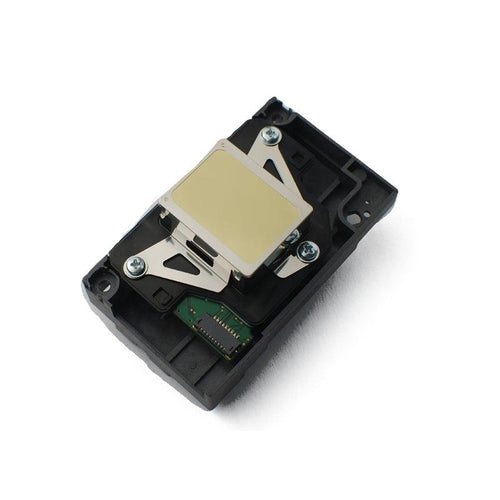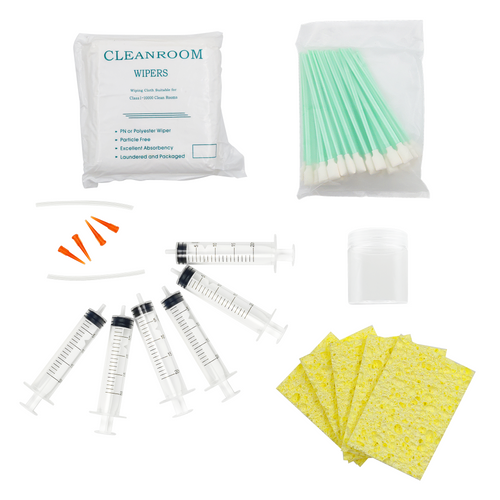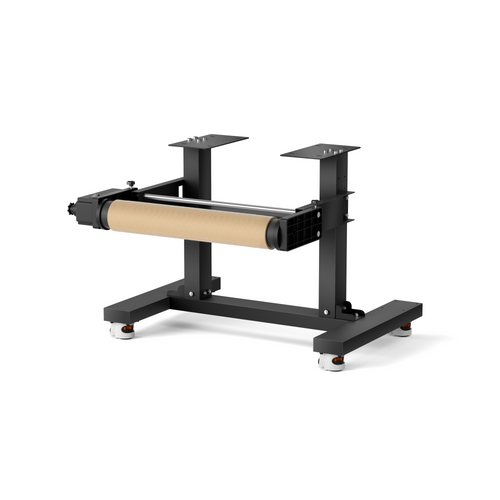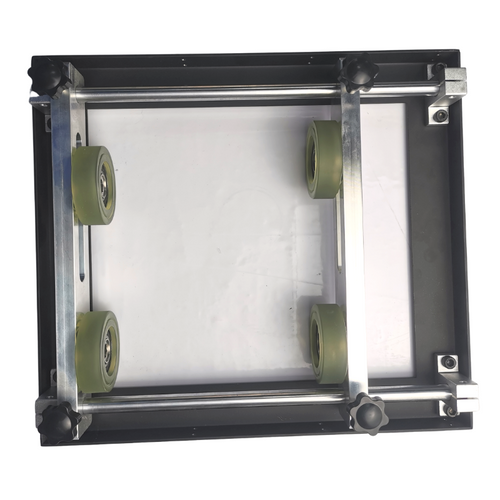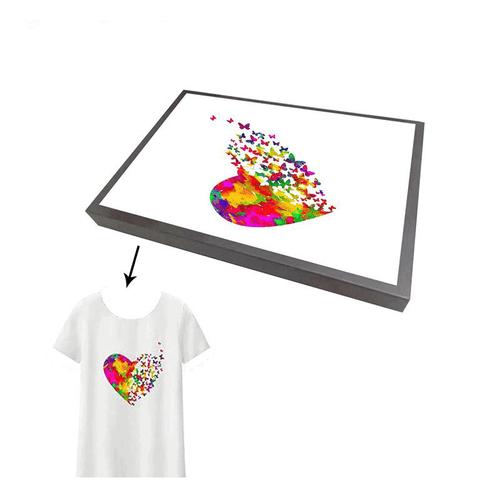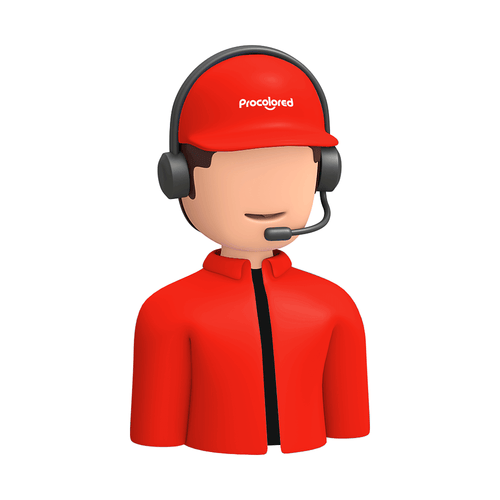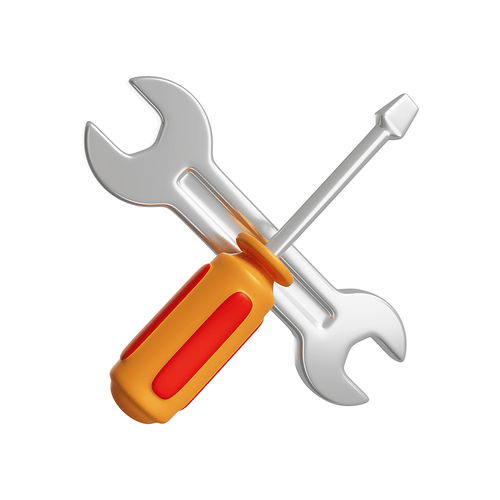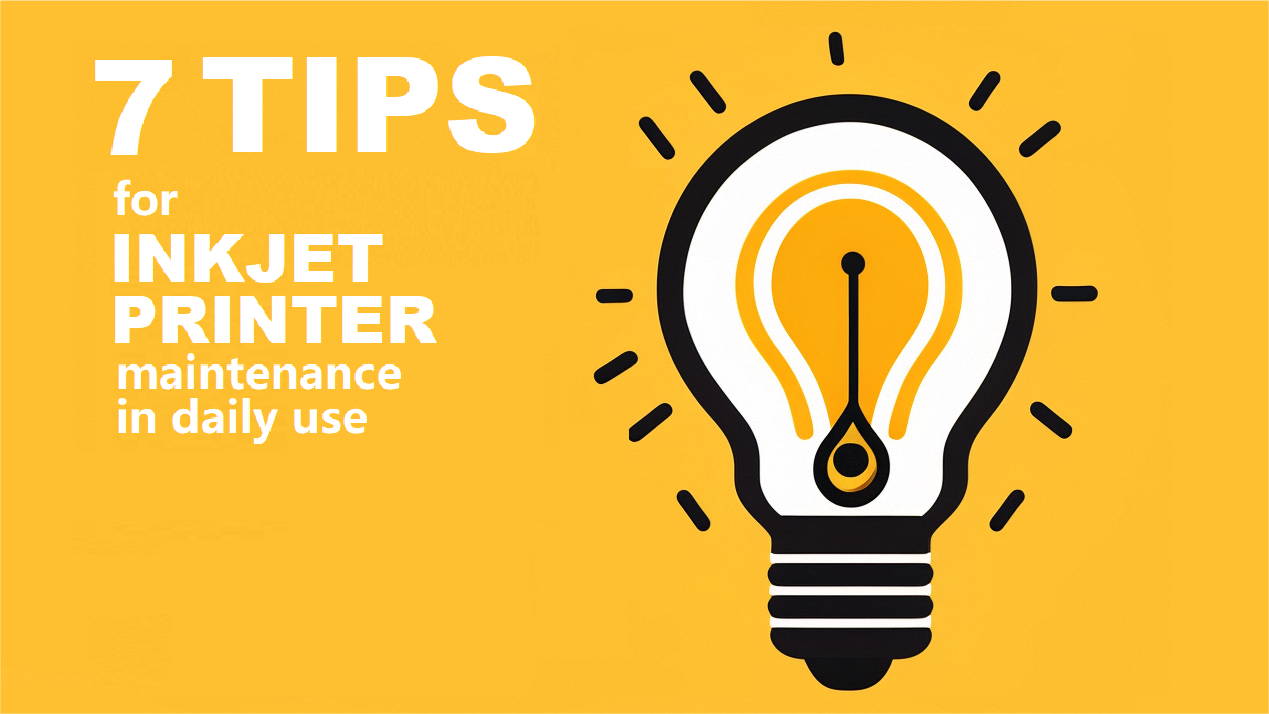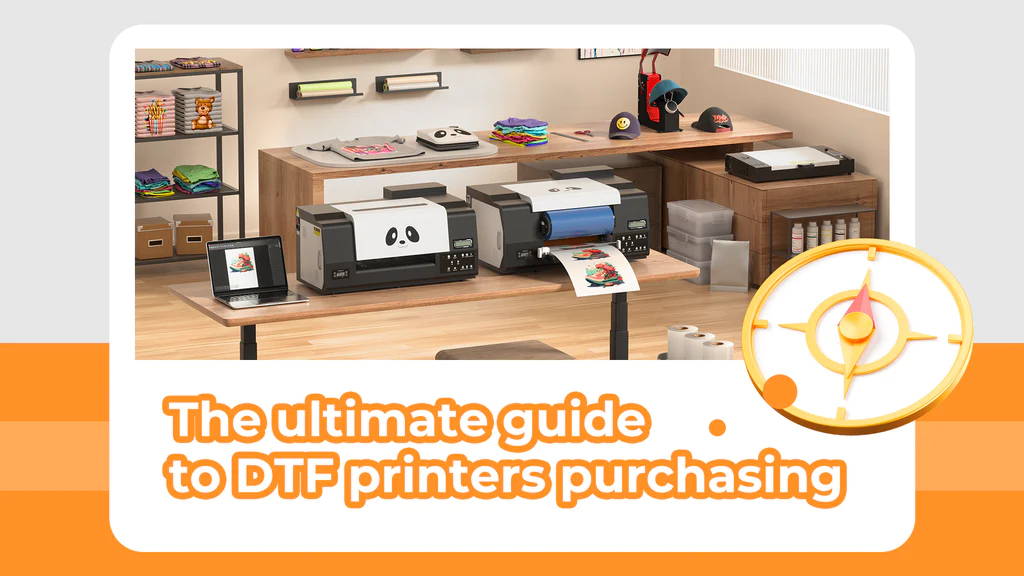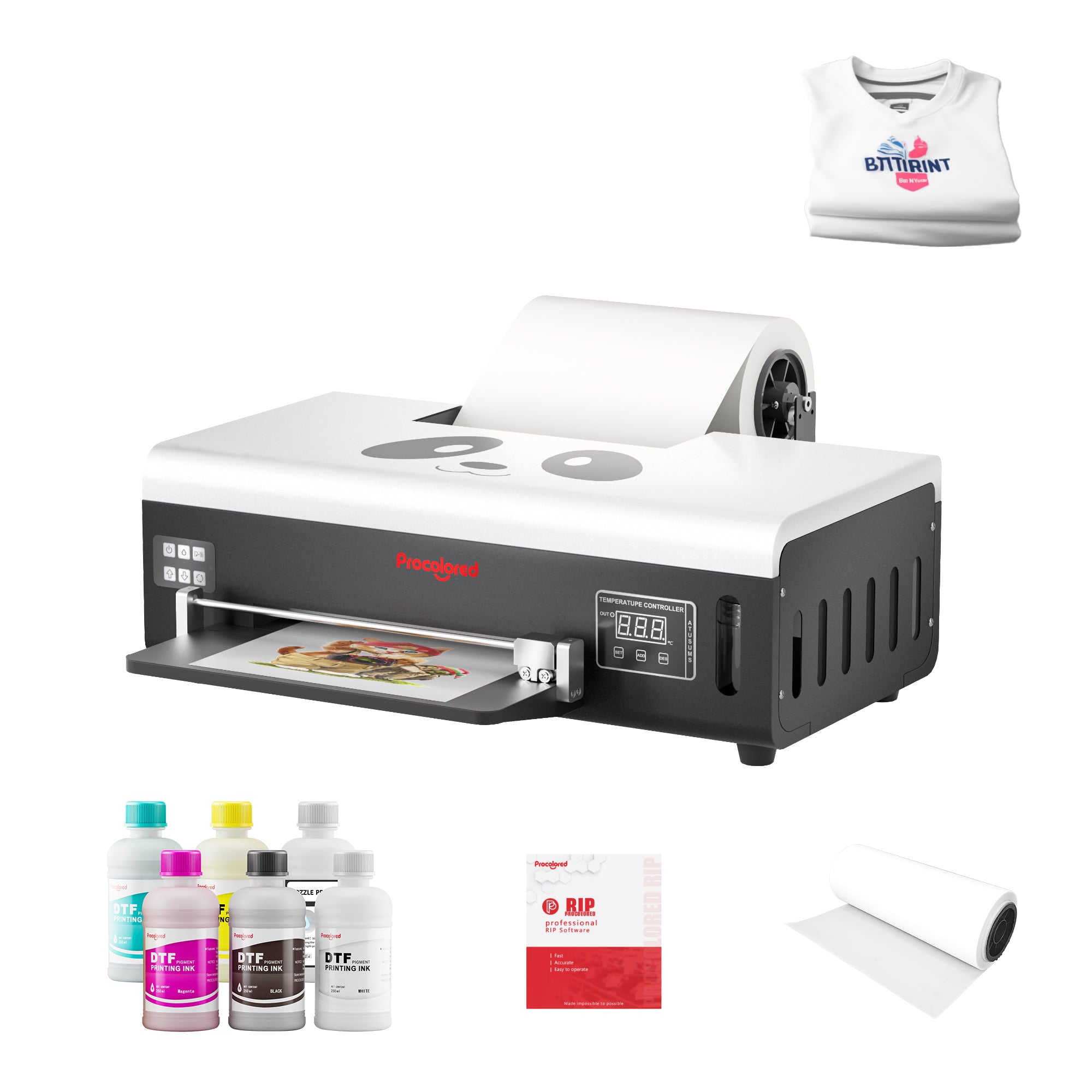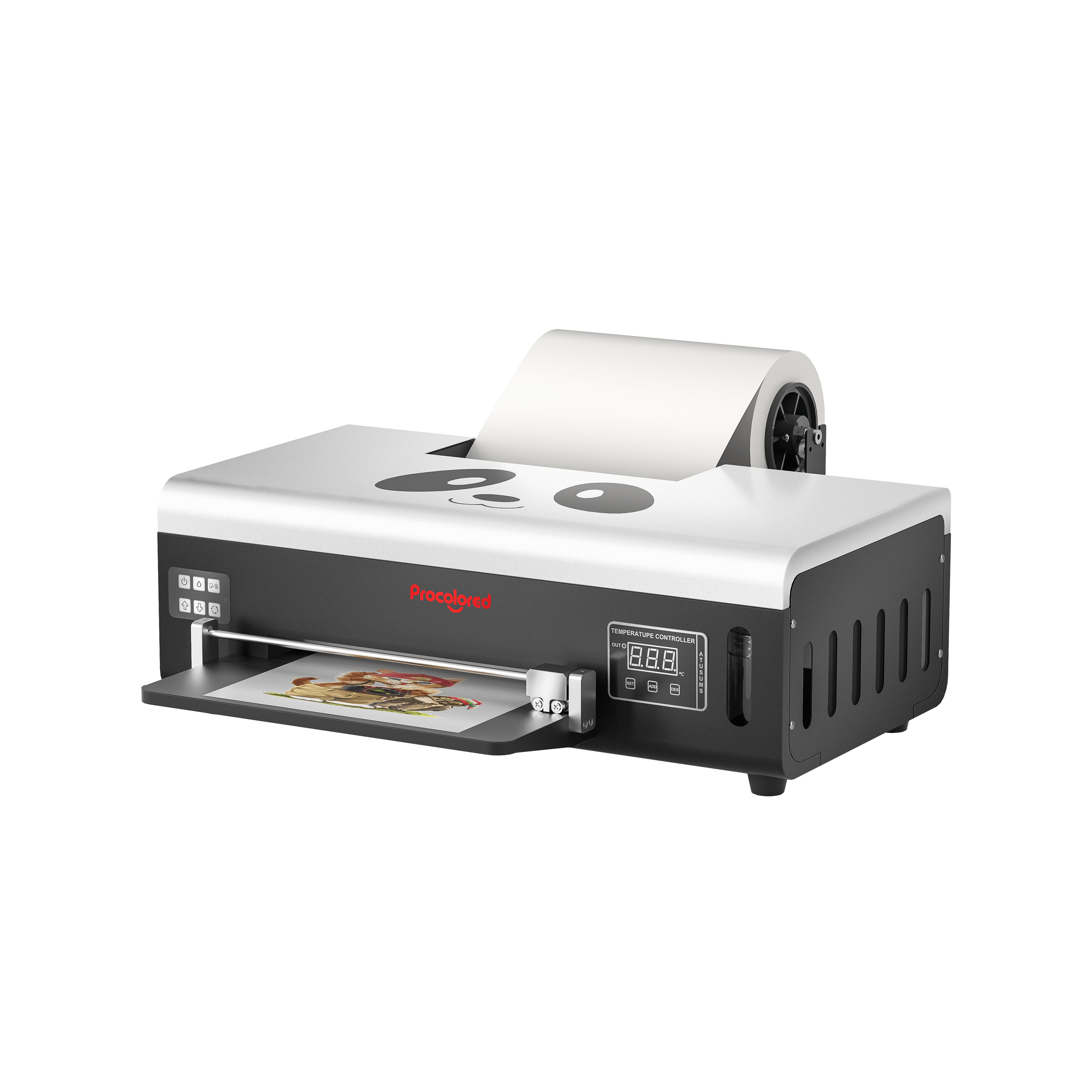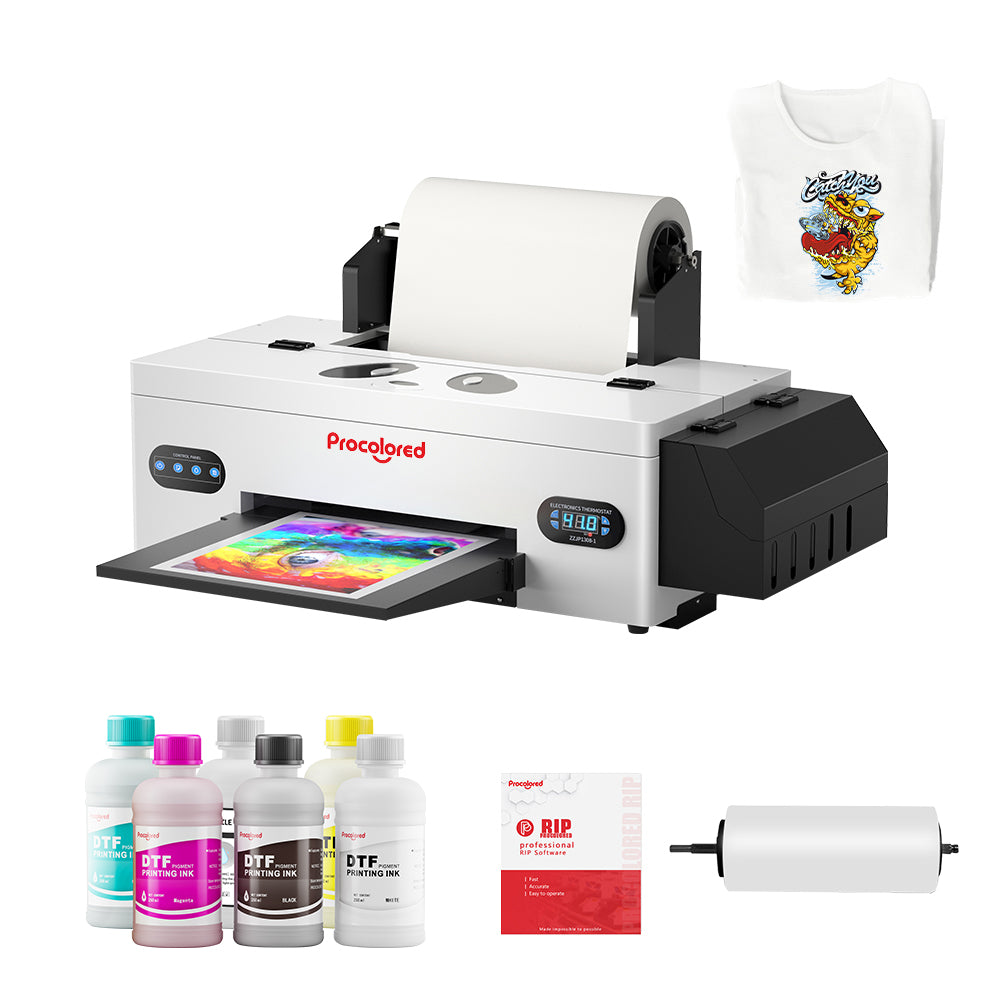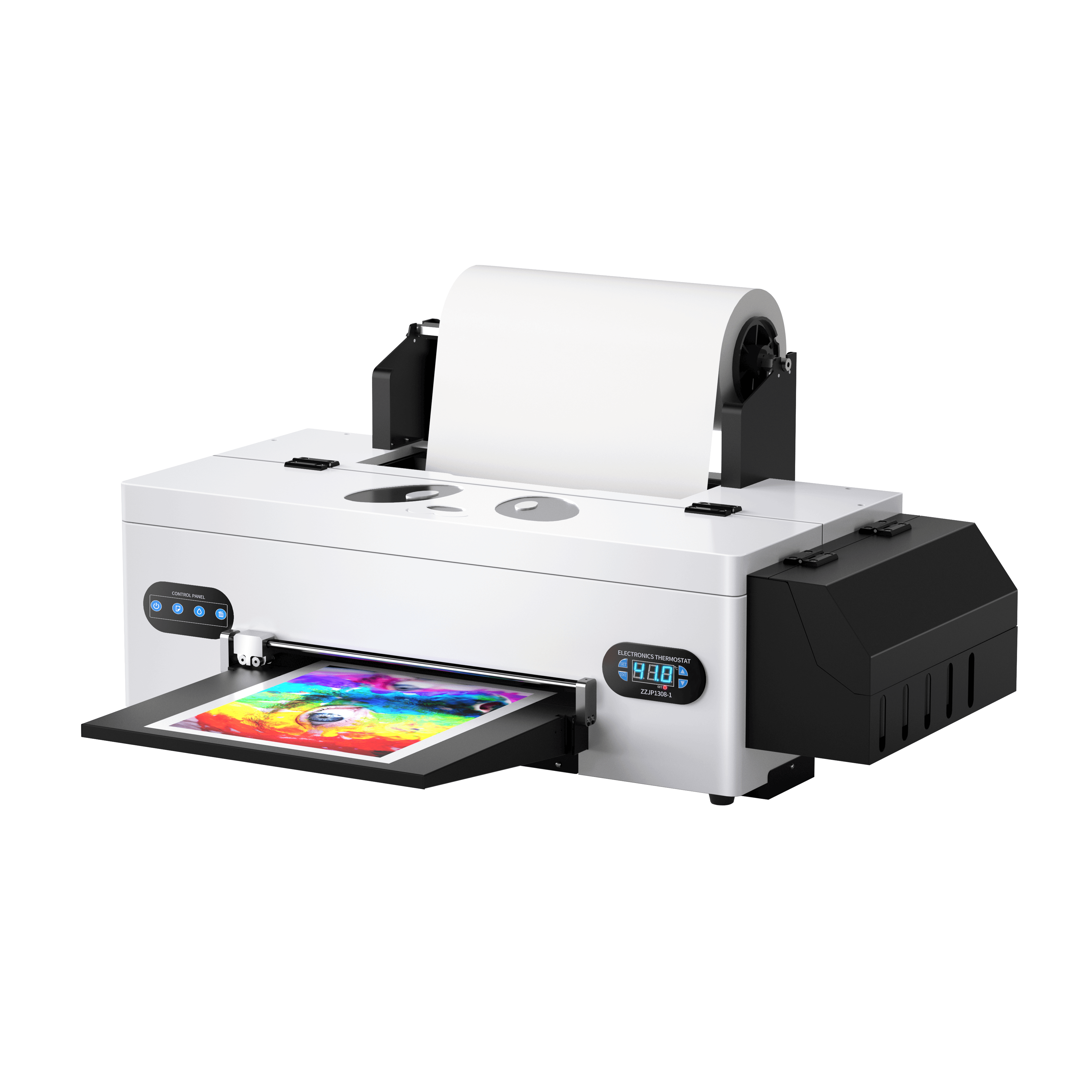“Starting a Print-on-demand Business is a Tough Challenge.”
Or is it ? Instead of being frustrated by all the negative envision, come and learn more about print-on-demand and embark on your path of visual creation!
PASSAGE SUMMARY
1. What is Print-on-demand (POD)
Generally speaking, Print-on-demand (POD) is a business model that involves products like apparels, books, or other home decors. During POD transactions, sellers will customize those products (normally white-label products) with printing graphics chosen by themselves or given by buyers. With high development of digital printing technologies nowadays, POD business has evolved and become more and more prevalent.
In the previous blog What’s New in Printing Industry, we’ve learned that when compared with traditional mass manufacturing, POD orders usually are of smaller quantities and with customized designs. Here let’s cast the spotlight on another key feature: orders first, production later.
Unlike normal business system, in POD model, products won’t be placed into production until they’re requested by related orders. In other words, there’s no need for sellers to stock up products meanwhile bearing the risk of uncertain sales revenue.
2. How to Start Your POD Business

Normally POD business involves a seller, producer, shipper, and buyer, and each of them plays an crucial role in different sessions.
2.1 identify your intended niche market
Sellers are the decision-makers here but actually it’s the buyers who have got the total dominance - it super matters to know what the buyers want and like. But that doesn't mean simply following any hot-sale product trend or avoiding a low-sale one will guarantee an overnight success.
Instead, sellers have to confirm A) which product will be lucrative B) what makes their products recognizable among all the choices on market C) how to keep that unique competitiveness always be attainable
Great amounts of researches must be done before making the final decision, and it’s always important to balance what you’re going to do with what you’re able to do (whether you’ve got comprehensive understanding of your products, or have sufficient capitals to afford any failure, etc) .
2.2 select your business partners
Say you’re going to start a POD business in selling customized T-shirts, your needed business partners might include but not limited to:
A reliable producer - it can be a factory that manufactures white-label T-shirts, a freelance designer who creates original printing graphics, or a printing company specializing in digital printing on fabrics. Though it’ll be less possible but you might be that lucky to find one company that meets all your above needs, or you can distribute your business to different companies or even do the producing by yourself (if you’re a graphic designer or if you run a printing studio, etc).
A reliable shipper - shipping service might be included by your producer partners and might not. Regardless of any kind of actual situation, remember when there are problems concerning to your products, the buyers will always first come to you. A reliable and responsible shipper might save you from tedious arguments on late deliveries or missing packages.
2.3 confirm your artworks
As we’ve mentioned from the very beginning, POD business is about products with printings. No matter you’re your own printing designer or you’re working with other designers, it’s crucial to make sure your artworks are aligned with your intended buyers and with the keynote you’ve set for your products.
2.4 get your products sold, done, and delivered
It’s highly recommended to make digital or physical mockups of your products once all the required elements are confirmed. Digital mockups provide your buyers with vibrant visual references if you plan to do POD business via online shops or social medias, and physical ones can be your own references of your producers’ qualities.
Use social medias like facebook, twitter to boost exposure of your products; pick a platform to develop your online shop; invest in ads when your business reaches a remarkable scale. Online marketing is the most cost-efficient way of business promoting. Spend some time learning words and copy-writings to make your products descriptions more appealing and persuasive to the buyers.
Take part in the producing and shipping process even if you’re not the responsible executor. Confirm the acceptable quality extent with your producers in advance, get to know if your buyers are satisfied with the shipping from time to time, so that you can better improve your business.
3. Other Things You Need to Know about POD
3.1 what does POD mean to most startup founders
There is no “one model fits all” business that assures low investment and high profit margins. POD is much more friendly to most startup founders as an online business system, but still it’s got its pros and cons.
Pros of POD :
- Easy to set up - no need for vast upfront investment; most business can be done via online deals or communications
- Lower risk - no need for sellers to prepare product stock on hand
- Global reach - get to reach and work with domestic or international buyers via online marketing
Cons of POD :
- Split responsibility - less control from sellers over producing or shipping quality
- Longer product processing - since the printing session won’t start until there’s order demand, longer production time will be needed
- Lower margins - though unit price of product can be higher, net margin might be lower since there are added costs on designing or adjusting
3.2 how about being both a seller and a producer
So how to do our POD business and at the same time avoid its cons? How about being both a seller and a producer?
Imagine this - you own a small printing studio with a small digital printer in it. You’ve got computers, network, your business brain and ambitions and flexible hands.
All you have to do is get a reliable shipper; some white-label products - tees, caps, coasters or whatever suitable, and that’s all.

This is Procolored so yes we’re going to focus on that small digital printer only. Owning your own printer to do POD business means :
Preciser control over quality - since you’re the printing producer now, you’ll be able to control the incoming quality (by screening out the defective white-label tees, caps......) and the out-coming quality (products with printings). Any modifications on color saturation or graphic pattern can be printed first to check the real effect, before they’re applied to real production.
Faster response times - when your client wants to change the printing pattern, or move the printing position, you don’t need to pass on the message to your producer and repeat the forth-and-back communication anymore. A more enjoyable cooperation with high and instant efficiency now can be achieved.
Visualize your new ideas - yes you can talk your producer into printing all your new ideas out, but they charge you for that and keep you await for a long time. A printer of your own allows you to check out all your new ideas anytime you need and do any instant changes to suit different clients.

Procolored A4 DTF printer sounds like a perfect POD partner!
It's compact-sized with sleek design, perfect for small studios; it's capable of producing exceptional printings of high saturation; and it's suitable for a wide range of fabric substrates.
And a big plus -
IT'S ON A SPECIAL OFFER RIGHT NOW !
Come and visit Procolored New Year Campaign for more details !

Subscribe
To join our mailing list
and never miss our updates!
Subscribe
To join our mailing list
and never miss a baby update!
Subscribe
To join our mailing list
and never miss our updates!

